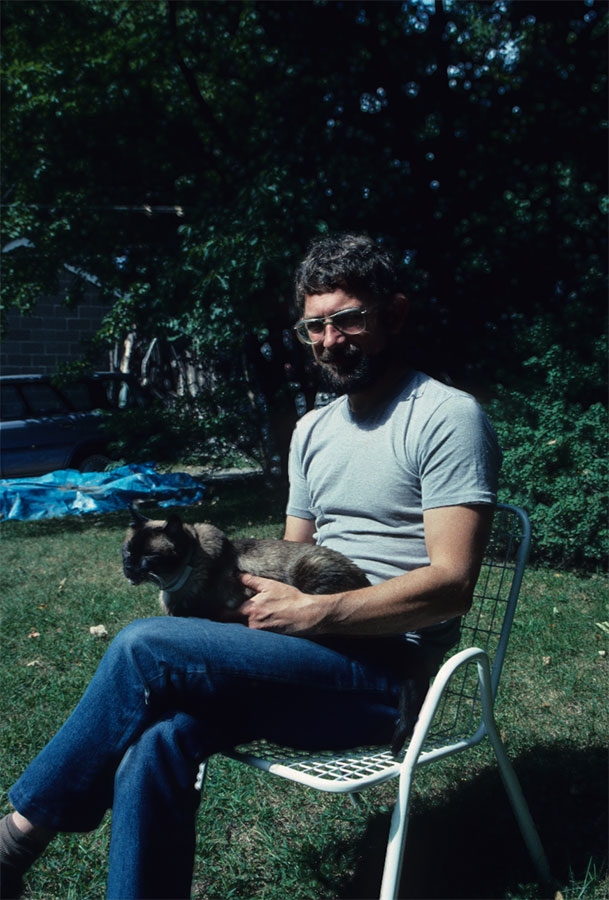Mike Kosterlitz awarded Nobel Prize in Physics

 1 / 1
1 / 1 Gianni Battimelli
Gianni Battimelli
The news that Mike Kosterlitz had been awarded the Nobel Prize in Physics together with David Thouless and Duncan Haldane made almost more noise in the climbing world than within the scientific community. The reason for this is that over the years Kosterlitz (who in 2000 had already received the prestigious Onsager award for his studies of statistical mechanics in condensed matter) has become a legendary figure in the climbing world. In particular in Italy thanks to his role, along with the likes of Motti, Grassi and others of the Nuovo mattino "new morning" climbing movement, in the discovery and development of the steep granite faces in the Orco Valley and the boulders strewn at its base. Routes such Pesce d’aprile up Aimonin, or Sole nascente on Caporal, and the famous Fessura Kosterlitz crack at the base of Sergent, were all milestones for the new form of rock climbing and are regarded, even today, as classic reference routes of that era.
Not everyone knows that well before he left his mark on the Orco cliffs, when in autumn 1969 he recevied a sholarship for the Institute of Theoretical Physics of the University of Turin, Kosterlitz was already a proficient mountaineer. He had already made one of the first ascents of Diedro Philipp on Civetta, the first repeat of the American route up the Dru in the Mont Blanc massif together with Mick Burke in 1966, and a new route up the North Face of Badile, climbed in 1968 together with Dick Isherwood. This first ascent was made by mistake, as the two had intended to repeat the Corti route but instead of traversing left, they launched directly upwards. The Scotsman’s formative climbing years were marked by the difficult and pure British climbing ethics and after moving to the United States of America he continued to climb hard routes (the beautiful Kosterlitz-Highbee crack at Bugaboos bears his name for instance).
Serious health problems forced him to prematurely abandon climbing and mountaineering, and since then his life has focused on scientific research and teaching at Brown University in Providence, Rhode Island. It’s worth noting that the research that resulted in the highest award of all, topological properties of thin layers of matter that may explain peculiar phenomena such as superconductivity, were carried out at the beginning of the 1970’s; climbing, it appears, works wonders for scientific creativity - or vice versa?



 Copia link
Copia link
























